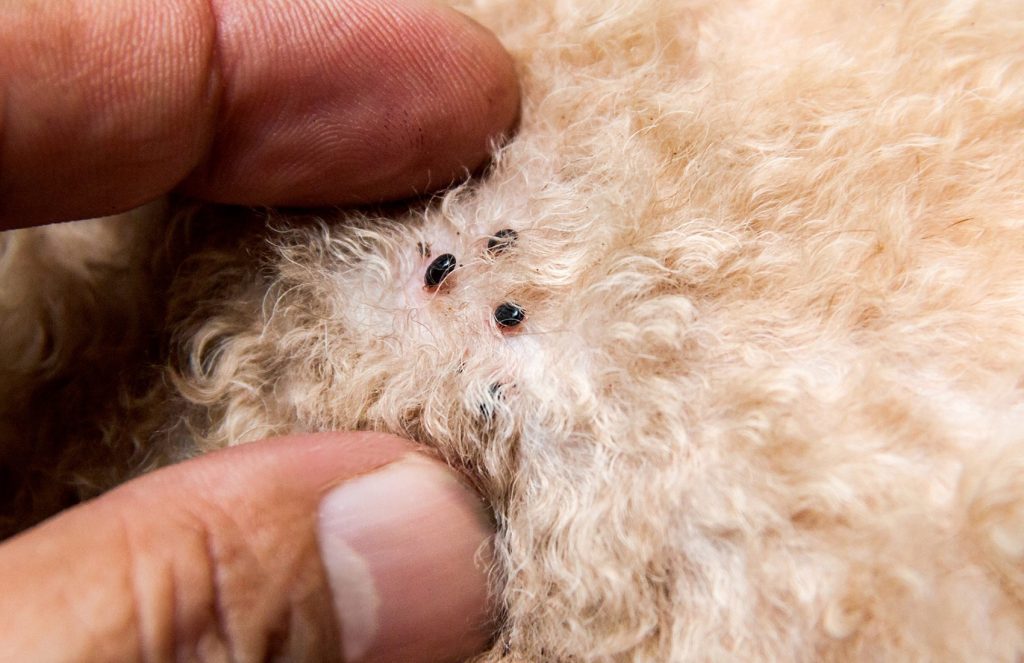Many people are surprised to learn that sleeping with their pets may not be the best idea. After all, isn’t companionship one of the reasons you have your furry friend?
However, when it comes to your health, it’s worth reconsidering before letting your pet share your bed. Your cute and cuddly cat or dog may bring more than just warmth and affection – they could be harboring germs, bacteria, and pests. If you allow your pet to sleep with you at night, here’s what you might be welcoming into your bed.
1. Bubonic plague:
Yes, you read that correctly. While the bubonic plague may no longer be sweeping through the streets of Europe, it still exists, and you can potentially contract it from your pet. Surprisingly, between 1977 and 1998, there were 23 documented cases of humans contracting the bubonic plague from their family cats. And it’s not just felines that pose a risk. Dogs can also carry plague-infested fleas without exhibiting symptoms of the disease themselves.
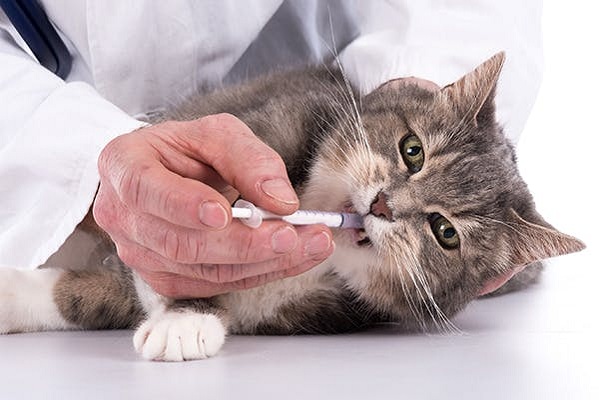
2. Parasites
Can we all just have a collective ‘eww!’ moment? Parasites, particularly roundworms and hookworms (although there are plenty of equally unpleasant culprits), are prevalent in dogs and cats, as noted by the CDC. These parasites often deposit their eggs in your pet’s fur, which can then be shed onto your bedding. Who wants to sleep with those eggs, just waiting to hatch, right next to them?
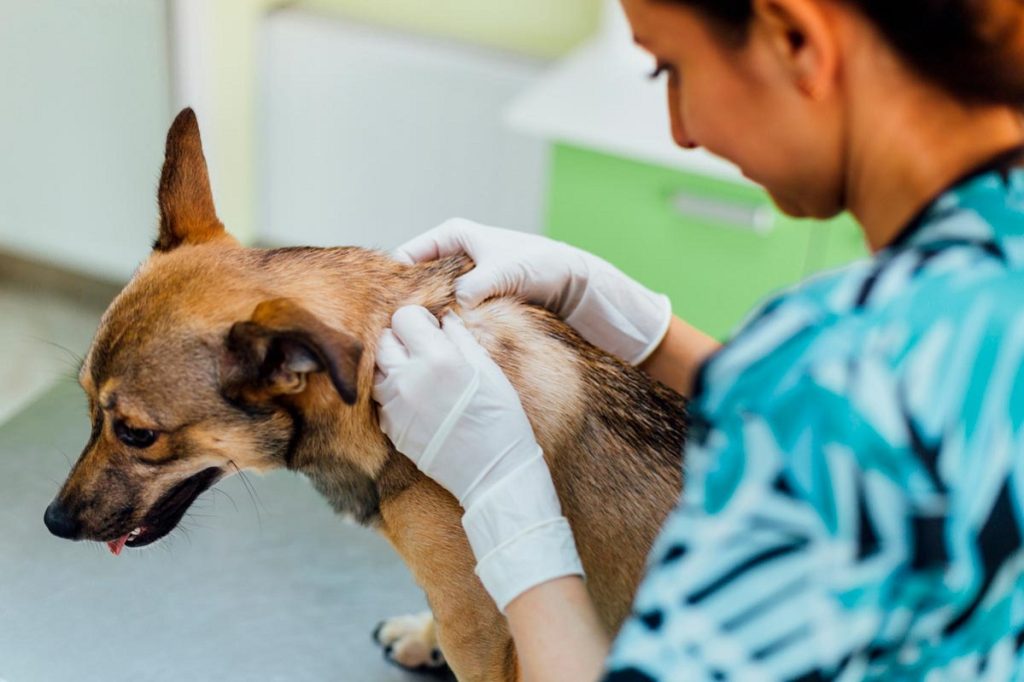
3. Staph infections
We’re all familiar with these, aren’t we? Infections caused by staphylococcus bacteria, including the infamous antibiotic-resistant MRSA, can potentially be transmitted to humans through their pets.

4. Other bacterial infections
The widespread belief that pets’ mouths are exceptionally clean is nothing more than an old wives’ tale, as per WebMD. In reality, the mouths of dogs, cats, and other carnivorous animals contain saliva teeming with bacteria, which can potentially cause severe illnesses in humans, including meningitis and pasteurellosis.

5. Cat-scratch disease
Cat Scratch Fever is more than just a song by Ted Nugent; it’s a genuine disease carried by cats, often without any visible signs of infection. It’s typically transmitted to humans through cat bites, scratches, and even licks. According to WebMD, you’re at a higher risk of contracting it if your cat shares your bed.
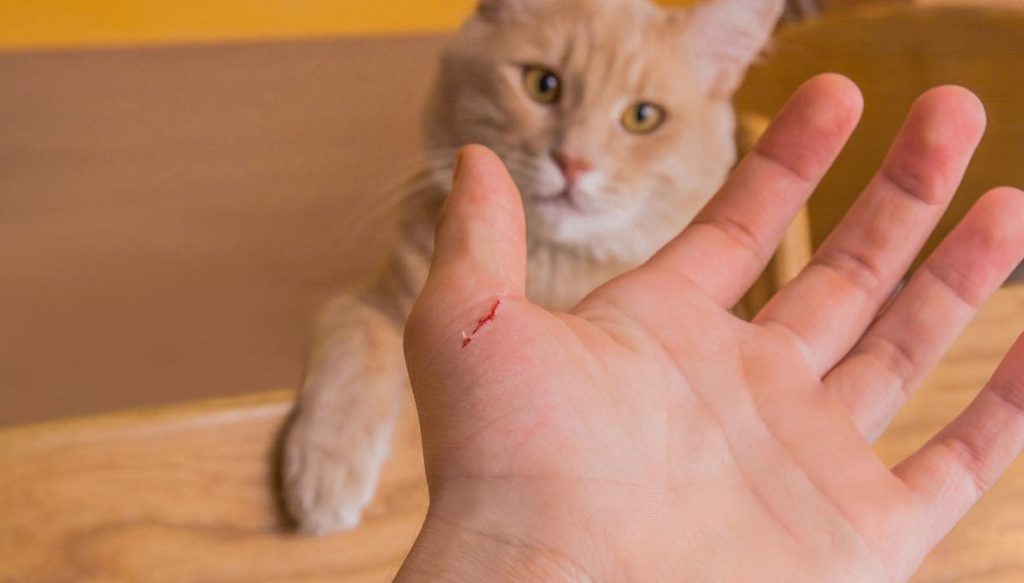
6. Fecal matter
Let’s confront the reality. If your dog is like most dogs, it either steps in, plays with, or even consumes (yuck!) feces. When your dog then enters your home and your bed, it brings along those traces of feces. This isn’t just unpleasant; it’s also a simple way to transmit parasites and bacteria such as E. coli and salmonella. Veterinarian Dr. Carol Osborne suggests spritzing your dog’s feet with a 50/50 mixture of rubbing alcohol and water when it comes inside to help decontaminate its paws.

7. Ticks
Did you know that besides getting a tick from a walk in the woods, you can also get one from your dog? If your dog has a tick in its fur and joins you in bed, that tick might choose you as its host instead. According to Osborne, ticks carry numerous diseases that can be transmitted to humans, including well-known ones like Lyme disease, Rocky Mountain spotted fever, and Anaplasmosis. Ticks are particularly prevalent in regions like the Great Lakes, where they are endemic.
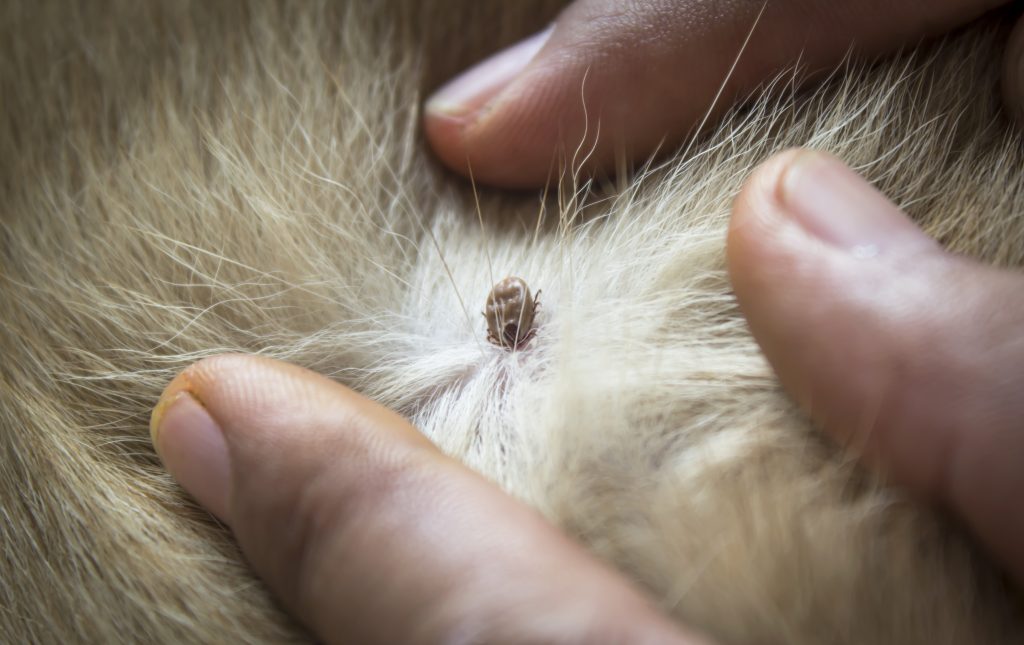
8. Mites
These tiny bugs, no fun for both dogs and humans, could be shared if you share a bed. According to Osborne, the most common one is the mange mite, responsible for human scabies, which, as the name suggests, is highly contagious to people.

9. Fleas
You’ve heard it before: sleep with a dog, and you’ll get fleas. Right now, I mean it quite literally. Once upon a time, a bed infested with fleas was perhaps the worst nightmare for a pet owner. It might seem like a minor concern now, doesn’t it?
